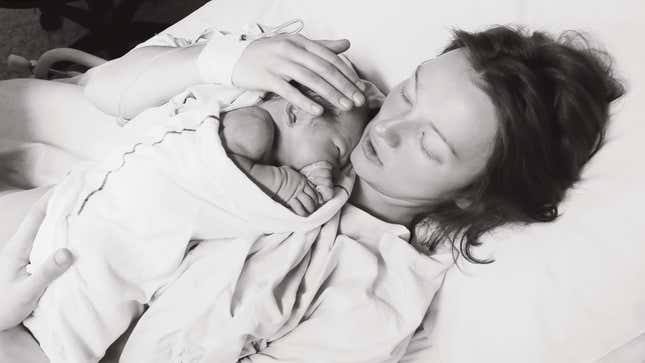Hospitals Are Performing Episiotomies Way Too Often, Despite Decades of Warnings
Latest

Episiotomy. It’s the word dreaded by all pregnants and could-one-day-be pregnants, because literally no one in the world wants to have a doctor take scissors or a scalpel to their vagina during childbirth. Unless, of course, it’s absolutely necessary. But an investigation by USA Today has found that many hospitals are performing episiotomies, which carry the risk of severe complications, at astonishing high numbers—rates as high as 40 percent.
Episiotomies were once routine, because it was thought that a surgical tear provided fewer complications and easier healing than a natural one. That thinking was long ago disproven by research. Since 2006, guidelines have suggested that doctors limit episiotomies to cases of necessity (for example, when a baby’s shoulders get stuck). USA Today reports that “a leading hospital safety group recommends that the cuts should occur in no more than 5% of vaginal deliveries.”
After analyzing hospital billing data, though, the paper found “dozens of hospitals with episiotomy rates of 20% or higher, some of them nearly double that.” USA Today spoke with experts who “blamed high rates on outdated medical practices and a desire to speed up the time it takes to deliver babies.” (The latter of which is reminiscent of time- and convenience-based explanations around the alarmingly high C-section rates in this country, which have in turn been tied to high rates of maternal mortality.) The consequences of unnecessary episiotomies are manifold. As USA Today puts it:
Some episiotomy injuries are physical – deep and painful lacerations that tear so far they require surgical repair. Wounds become infected or break down and heal slowly. Sex can become painful.
Studies indicate that women who receive episiotomies are at four-times the risk of suffering severe lacerations into their anal sphincter than women whose doctors don’t cut them during a vaginal delivery.
There can also be lasting psychological impacts. The paper quotes Emilee Strezinski, who experienced an episiotomy in 2011, as saying, “You could hear the scissors. Since it had gotten toward the end of my pain medication, that last cut, I believe it was number five… that’s when I felt it and I remember screaming.” She endured “a severe tear into her anus” from the procedure—and still ended up needing to have an emergency C-section.
There is one simple, proven method for bringing down episiotomy rates: hold doctors accountable. When Richmond University Medical Center in Staten Island, New York began tracking doctors’ individual episiotomy rates, numbers fell over the course of a couple years from a staggering 35 percent to a still-staggering-but-less-so 19 percent. A 2017 Texas study saw a similar impact when a Houston hospital began sharing episiotomy data each month. As USA Today puts it, “Excuses disappear… when data is broken down.”